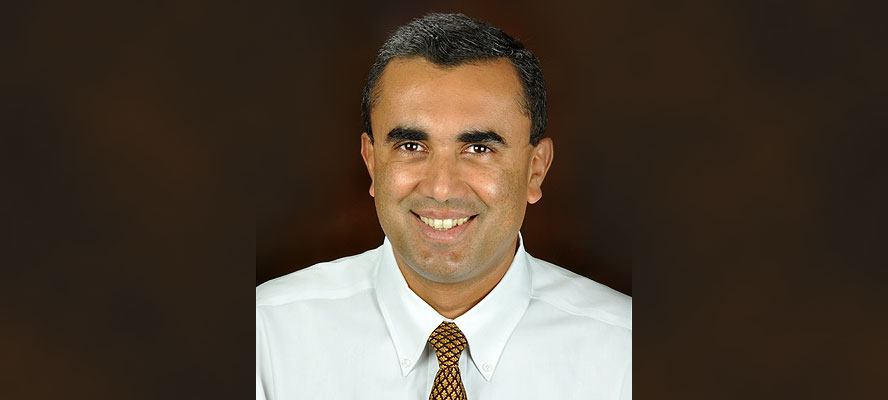As the world transforms itself in response to the COVID crisis, healthcare companies, being at the forefront of the battle against the virus, have also been forced to adapt. In our own organisation which provides teleradiology reporting services and technology to healthcare institutions around the world, we have had to make rapid changes as well, and while not all of it has been smooth, it has certainly made for an excellent learning experience. Our key learnings have been as follows:
1. Be prepared to adapt, quickly: At this time, the key focus for any healthcare company is to be open to continuous learning and to be able to change / evolve rapidly. As we have all seen, the COVID situation is completely fluid, with daily changes in the scenario that include revision of healthcare guidelines and advisories, major fluctuations in patient volumes (both upward and downward), and evolving operational constraints such as lockdowns and quarantine. These require very rapid responses. In our case, a month ago, when hospitals put a hold on all non-critical imaging in preparation for COVID, our reporting volumes dropped dramatically. We had to immediately re-evaluate our schedules and workflow and make significant adjustments. In parallel we had to rapidly train our radiologist staff on the newly emerging reporting guidelines for COVID. Such rapid refocussing is key to a) avoid unproductive downtime that can rapidly spiral out of control, and b) to ensure that quality of care is maintained as healthcare guidelines are constantly revised.
2. Protect the frontline healthcare worker: At this time, in the face of a highly and insidiously infectious virus such as the Coronavirus represents, a unique responsibility of healthcare entities is to ensure the safety of its employees. Enforcing and being supportive of social distancing guidelines, even in the face of plunging revenues, is part of this commitment. For workers on the frontline, ensuring appropriate protective measures with masks and PPE are important to ensure employee confidence, trust and commitment, and from a practical standpoint, to ensure continued staff productivity by avoiding exposure to infection and subsequent quarantine.
3. Optimise the use of technology: The use of telemedicine is key at this time both to encourage social distancing and at the same time to allow continued connect with patients and encourage patient loyalty. In our organisation, which has been practicing teleradiology for nearly two decades, the concept of using tech to work from home has been the norm since we started operations in 2002, and so the current pandemic has only served to further increase our capacity for the same. This has ensured both social distancing as well as the protection of radiologists who are already a scarce resource to begin with. Our clinical counterpart RXDX clinics on the other hand, had been offering telemedicine services for years but ironically in the pre-COVID days these were not popular among patients who always preferred to see their physicians face to face (and
vice versa). However given the current situation there is a sudden and dramatic uptick in acceptance of telemedicine technology and the popularity of telemedicine related apps, and our clinicians’ usage of telemedicine is currently soaring. Robotic cleaners and nursing assistants have also begun to make a contribution in the COVID era. For the non-clinical patient facing staff, use of technology such as MicrosoftTeams and Webexto replace face to face meetings is just as feasible in a healthcare entity as in other organisations. Ensuring the discipline and punctuality that extracts the maximum efficiency from such interactions is the key requirement. HR departments need to be particularly engaged and vigilant in this respect. As the spectre of continuing or recurring lockdowns looms, the need to have a productive long-term home-based workforce becomes of paramount importance. Establishing clear norms of accountability in the setting of lockdown / work from home is also key to ensuring continued productivity at all levels. It is important to reinforce that work from home is not synonymous with vacation.
4. Use additional time available to train, test and tweak: As healthcare entities prepare and regroup for a spike in COVID cases, there is an intermediate lull in clinical activities. It is important to manage this time effectively and redirect resources and attention towards key activities such as training and testing, which would otherwise not get as high priority during routine busy times. Similarly using this (down)time to refine and
update SOPs, conduct virtual performance evaluations and even online board meetings ensures that the direction remains unaltered. When the lockdown kicked in and our volumes dropped (as all non-critical imaging around the world was put on hold) we changed the organisation’s focus towards rigorous online training and testing both for new joinees as well as for existing employees. Further we mandated updation of all pending SOPs by the operations team. Essentially the focus was moved to items that had been on the back-burner during our extremely busy clinical days in the pre-COVID era.
5. Look at all costs with a microscope: Many health care organisations, paradoxically, are faced with a low volume of work as elective procedures, health checks, non emergent work is put on hold. Cash flow concerns will need to be addressed. Paying salaries is of paramount importance so one’s employees can be helped during these trying times. Combing through all expenses and seeing where costs can be cut is essential. For instance, if patient volume is down, a floor and AC can be shut and so on. Every paisa counts!
As the management guru Peter Drucker writes: “The enterprise which does not innovate ages and declines. And in a period of rapid change such as the present, the decline will be fast”. Healthcare companies find themselves today in the eye of the COVID hurricane. To deal with what is to come, rapid change, and a rapid response to change is of the essence.

